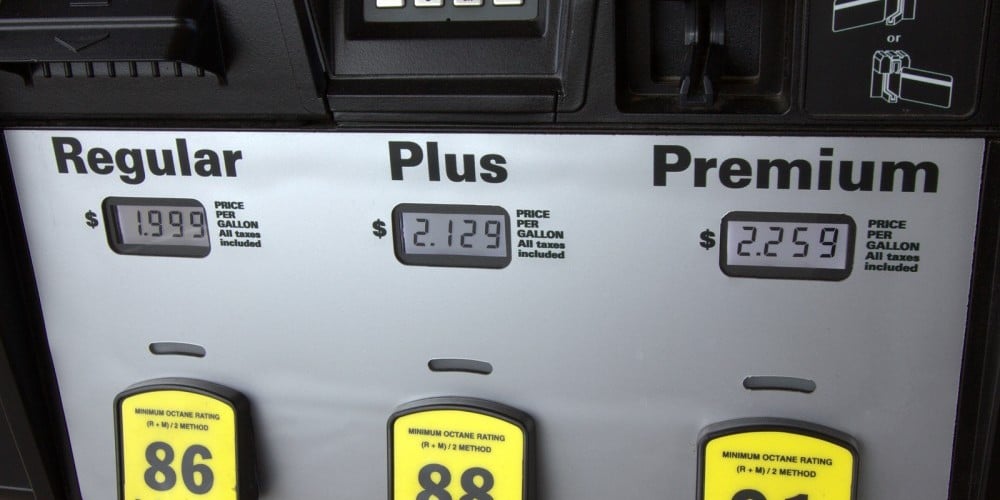Next up in the EMV process: ATMs and gas pumps

To say there was a great deal of buildup surrounding last fall’s EMV liability shift deadline would be an understatement. Since then, the buzz has died down a bit, but talk is now turning to the next two stages: ATM and Automatic Fuel Dispenser (gas pump) terminals. Automatic Fuel Dispensers must be EMV compliant by October 2017, and ATMs need to be EMV-certified before the October 2016 deadline.
What are the considerations and challenges surrounding these stages? Let’s start with the most talked about one: Automatic Fuel Dispensers:
Why did gas pump terminals get an extension in the EMV process? Issuers know that when a counterfeit card is created, the gas pump is often times the first stop for fraudsters to ensure they can access funds using the card. Once they have a good transaction on the counterfeit card, the counterfeiter will then begin using the bogus card multiple times until the fraud is detected and the account is closed. While EMV has certainly proven effective in deterring card present fraud, it is unfortunately more difficult to retrofit gas pumps to EMV standards than point-of-sale terminals.
To be EMV-ready, fuel merchants will need to update the current wiring connections at the gas pumps. Today, gas pumps are wired with a standard twisted pair (two-wire) connection. This type of wiring supports low bandwidth communications that will be too slow for EMV transactions. Therefore, the fuel merchants will need to upgrade the wiring to Ethernet connectivity for EMV. The Ethernet connectivity will provide the Cat 5/6 wiring necessary to process EMV transactions.
Upgraded EMV gas pumps will have to be re-certified by state officials to verify that they are dispensing and charging correctly, a step that adds another layer of effort in the process. When a gas station replaces the payment terminal, it also needs to re-certify the entire pump. The process of completing the rewiring and recertification tasks will be expensive and time-consuming, which is why the automatic fuel dispensers landed on the back end of the EMV liability shift timeline.
So what can issuers do in the meantime? First, ensure your card programs have been upgraded to EMV. Second, if you have not completed the ATM upgrade process to EMV, you will need to work on updating any hardware and software so your ATMs meet EMV compliance this year. Lastly, continue education efforts around the EMV liability shift timelines and process.
Many consumers may believe the EMV process is over while in actuality we still have another 18 months or so to go. Education on the status of EMV merchants, timelines and, most importantly, the use of EMV will be vital for processing and chargeback functions.
Meanwhile, until fuel dispensers are EMV-certified, merchants and consumers should be on the lookout for any skimming devices that may be attached to a gas pump. We have seen a spike in counterfeit transactions at ATMs and expect to see similar activity at the gas pumps. Education will help cardholders know what to be on the lookout for and understand the timelines for EMV conversion.
For issuers frustrated with the process, it is important to note that most of the feedback PSCU has received surrounding EMV has been favorable. One of our member-owner credit unions reports to have saved over $1 million since implementing/issuing EMV credit cards in 2011. While the process may seem tedious, EMV continues to prove itself as one of the most powerful tools in our fraud prevention arsenal today.

